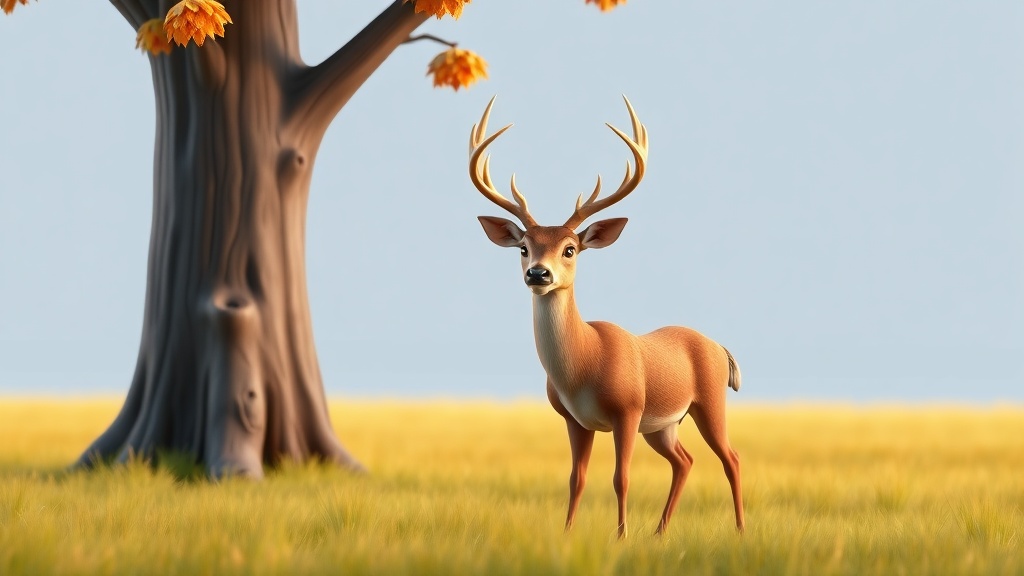Home / Environment / UK Forests Flourish with Mast Year of Nuts and Berries
UK Forests Flourish with Mast Year of Nuts and Berries
6 Oct
Summary
- UK experiencing "mast year" with high nut and berry production
- Autumn colors expected to be vibrant due to recent rainfall
- Abundance of acorns, conkers, and hedgerow fruit boosts wildlife

As of October 7th, 2025, the UK is poised to experience an exceptionally fruitful autumn season. Experts from the National Trust have reported that the country is in the midst of a "mast year," a phenomenon occurring roughly once every four years where certain tree species produce an unusually high number of nuts and berries.
This abundance of acorns, conkers, and hedgerow fruit is expected to provide a welcome boost for local wildlife. Additionally, the recent rainfall has helped delay the onset of a "false autumn" in some areas, where prolonged hot and dry conditions can cause premature leaf shedding and early fruit ripening.
The combination of plentiful sunshine earlier in the season and the late rainfall has set the stage for a vibrant autumn display across many of the National Trust's gardens, parklands, and woodlands. Gardeners and countryside managers have noted that the transition into the fall season has arrived swiftly, with trees and plants rapidly shifting into their autumnal hues of ochre, orange, red, and yellow.




